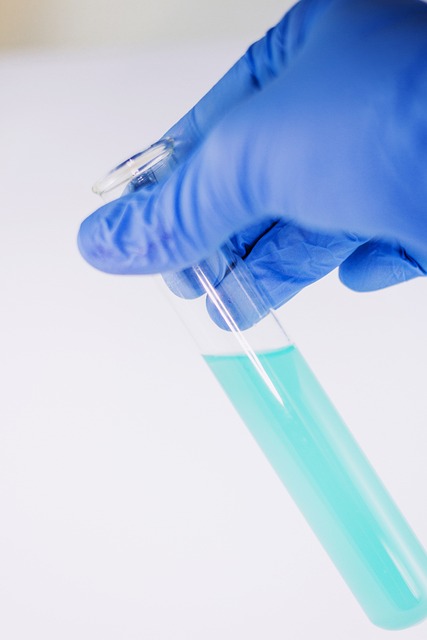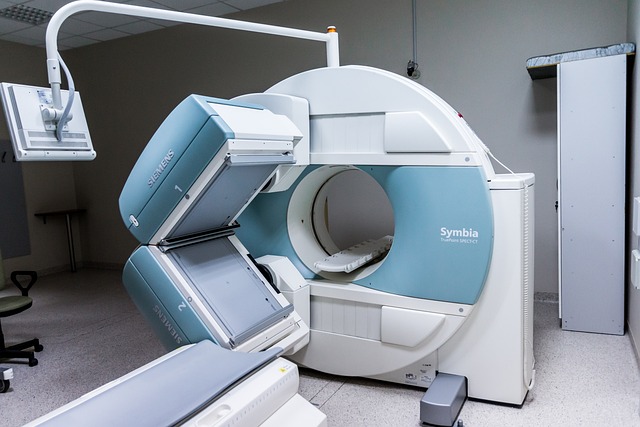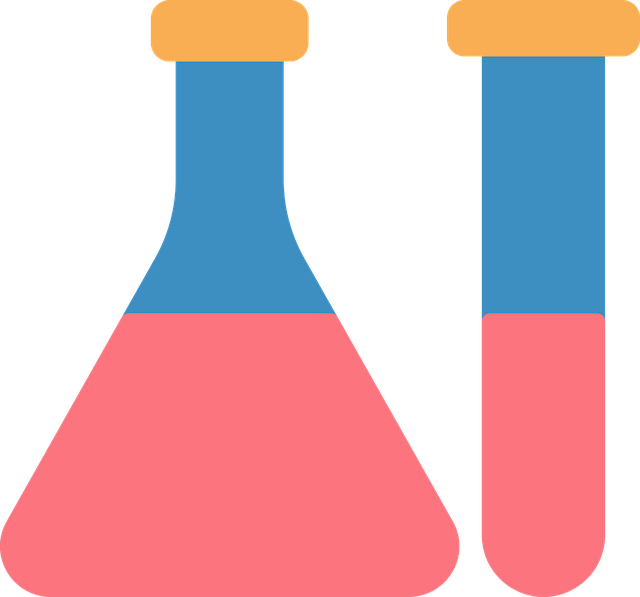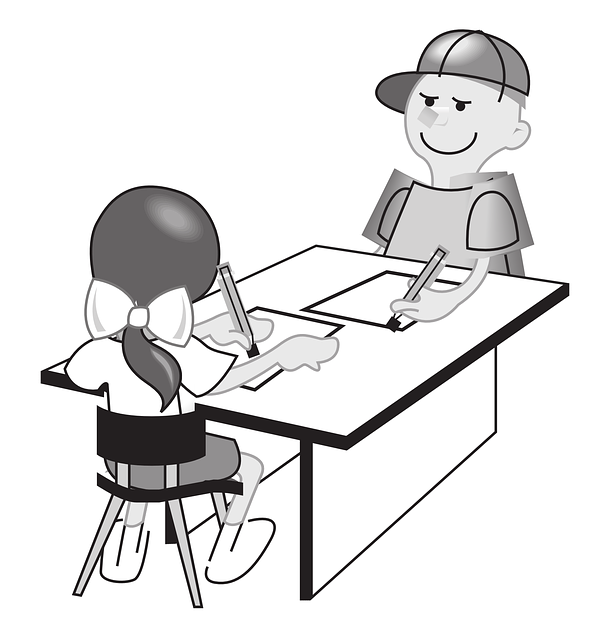In healthcare, Translation services for Diagnostic Test Results UK are essential for patient safety as they ensure clear communication and accurate diagnoses. Specialized translators with medical expertise bridge linguistic gaps in complex diagnostic reports, adhering to industry standards and regulatory requirements. This service empowers patients to understand their test outcomes, reduces errors, and promotes equal access to quality healthcare, regardless of linguistic background. Choosing reliable services with proven quality assurance processes is crucial for maintaining patient safety and compliance with UK regulations.
In the intricate world of healthcare, accurate translation plays a pivotal role in ensuring patient safety and regulatory compliance, especially with diagnostic test results. This article delves into the critical need for reliable translation services for diagnostic reports in the UK, exploring key considerations such as navigating regulatory requirements, overcoming language barriers, and choosing top-tier translation providers. We also examine case studies, best practices, and the broader impact on patient care, underscoring the importance of seamless communication in healthcare settings.
- Understanding the Significance of Accurate Translation in Healthcare
- Navigating Regulatory Requirements for Medical Documentation in the UK
- The Impact of Language Barriers on Patient Care and Safety
- Choosing Reliable Translation Services for Diagnostic Reports
- Ensuring Quality and Consistency in Medical Translation
- Case Studies: Successful Translation Projects in Clinical Settings
- Best Practices for Integrating Translation into Healthcare Workflows
Understanding the Significance of Accurate Translation in Healthcare

In healthcare, accurate translation goes beyond words; it’s about saving lives and upholding critical regulatory standards. When it comes to diagnostic test results, clear and precise communication is paramount. Translation services for Diagnostic Test Results UK play a vital role in ensuring that patients and healthcare professionals receive unambiguous information, regardless of language barriers.
An error in translation could lead to misdiagnosis or incorrect treatment plans. Therefore, professional translation services are essential to maintain patient safety. These services employ experts who not only grasp medical terminology but also understand the cultural nuances embedded in diagnostic reports. By bridging the gap between languages and cultures, they facilitate seamless communication, ensuring that critical healthcare information is accessible and understandable for all.
Navigating Regulatory Requirements for Medical Documentation in the UK

Navigating the complex landscape of medical documentation regulations in the UK is paramount to maintaining patient safety and ensuring compliance with healthcare standards. The country’s robust regulatory framework demands meticulous attention to detail, especially when it comes to translating diagnostic test results for a diverse patient population. Professional translation services play a pivotal role in this process, offering expertise in medical terminology and cultural nuances.
Translation errors can lead to misdiagnosis or inappropriate treatment, posing significant risks to patient health. Therefore, utilizing specialized translation services for diagnostic test results is essential. These services employ qualified linguists with medical backgrounds who understand the intricacies of medical documentation. They ensure accurate translations that convey critical information while adhering to UK regulatory requirements, fostering a safer and more efficient healthcare environment.
The Impact of Language Barriers on Patient Care and Safety

Language barriers can significantly impact patient care and safety, especially in healthcare settings where clear communication is paramount. When diagnostic test results are not effectively translated for non-English speaking patients, it creates a risk of misdiagnosis or delayed treatment. In the UK, where diverse populations require access to healthcare services, translation services for diagnostic test results become an essential component of patient safety.
Accurate translations ensure that patients understand their test outcomes, enabling them to make informed decisions about their health. It facilitates effective communication between healthcare professionals and patients, reducing potential errors arising from language misunderstandings. Access to reliable translation services can help bridge the gap in care, ensuring that all patients receive equal and quality healthcare, regardless of their linguistic background.
Choosing Reliable Translation Services for Diagnostic Reports

Choosing reliable translation services for diagnostic test results is paramount to maintaining patient safety and ensuring regulatory compliance in the UK healthcare sector. With life-critical information at stake, only professional translators with expertise in medical terminology should handle such sensitive documents. Look for providers who offer human translation services, avoiding automated tools that might misinterpret complex medical jargon.
Reputable translation companies will have experienced linguists specializing in diagnostic reports, adhering to industry standards and best practices. They should also provide quality assurance processes, including proofreading and editing, to guarantee accuracy. Certification from recognized bodies, such as the Healthcare Commission or professional translation associations, can offer additional reassurance about the service’s reliability and adherence to legal requirements.
Ensuring Quality and Consistency in Medical Translation

When it comes to medical translation, especially in the context of diagnostic reports, ensuring quality and consistency is paramount to patient safety. Professional translation services specializing in healthcare offer expertise that goes beyond simple word substitution. These services employ linguists with medical backgrounds who understand complex terminology and can accurately convey intricate concepts across different languages. Standardized translation protocols are followed to maintain consistency in medical documentation, reducing the risk of misinterpretation.
In the UK, where healthcare systems operate within stringent regulatory frameworks, translation services for diagnostic test results must adhere to strict quality assurance processes. This includes rigorous reviews by subject matter experts to guarantee that translations remain faithful to the original intent and scientific accuracy. Advanced technology like machine translation can be utilized as a tool but is often refined and enhanced by human translators to meet the high standards required in healthcare communication, ensuring regulatory compliance without compromising patient safety.
Case Studies: Successful Translation Projects in Clinical Settings

In recent years, numerous healthcare institutions in the UK have successfully leveraged translation services for diagnostic test results to enhance patient care and ensure regulatory adherence. One notable case study involves a large urban hospital that serves a diverse population. With a growing number of non-English speaking patients, the institution partnered with professional translators to translate a wide range of diagnostic reports, including lab tests, radiology scans, and pathology findings. This initiative significantly improved communication between healthcare providers and patients, leading to faster diagnosis and treatment plans.
The project’s success was attributed to several factors: high-quality translation services, strict quality control measures, and seamless integration into the hospital’s existing electronic health record (EHR) system. By utilizing advanced translation technologies and expert translators with medical backgrounds, the hospital achieved precise and accurate translations. Furthermore, regular feedback from clinical staff and patients ensured continuous improvement in the translation process, ultimately enhancing patient safety and satisfaction.
Best Practices for Integrating Translation into Healthcare Workflows

Integrating translation services into healthcare workflows is paramount for ensuring patient safety and regulatory compliance, especially in the context of diagnostic test results. In the UK, where multilingual populations are increasingly prevalent, accurate and timely translation is crucial. Best practices involve employing professional translation services specialised in medical terminology to avoid misinterpretations. These services should adhere to strict confidentiality protocols, as patient data requires the highest level of protection.
Streamlining the process begins with identifying key touchpoints within the healthcare system where translation might be needed—from initial patient intake to report distribution. Using digital platforms that support secure file sharing and multilingual access can enhance efficiency. Regular training for healthcare professionals on the importance of accurate translation and the limitations of automated tools is also essential. This ensures a collaborative approach, combining human expertise with technology for optimal results in managing diagnostic test results for diverse patient populations across the UK.
Accurate translation of diagnostic reports is paramount in healthcare to ensure patient safety and regulatory compliance. By navigating complex medical terminology and adhering to UK regulations, healthcare providers can overcome language barriers that impact patient care. Choosing reliable translation services specializing in diagnostic test results ensures quality and consistency, leading to better clinical outcomes and enhanced patient experiences. Integrating professional translation into healthcare workflows is a game-changer, facilitating effective communication and fostering a more inclusive health system in the UK. Translation services for diagnostic test results play a vital role in achieving these goals, ensuring that every patient receives clear and accurate information regardless of their linguistic background.



